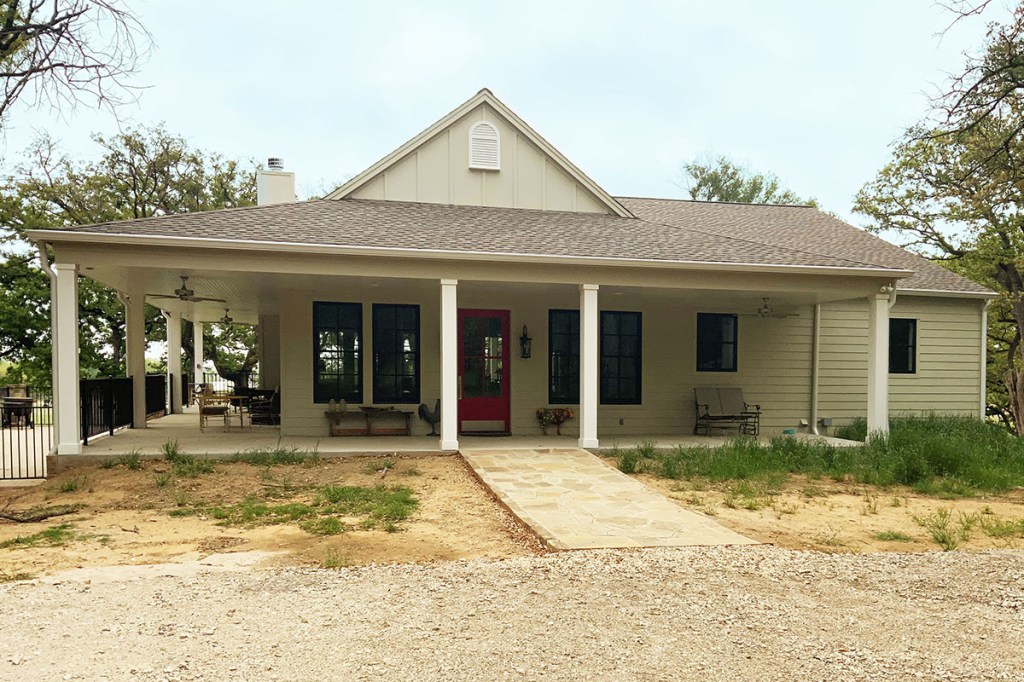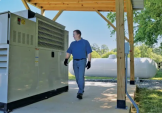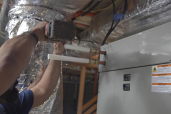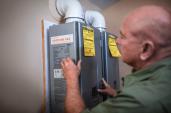When Mike Reese began working with a custom home client for a ranch property in Grandview, Texas, the client has a straightforward vision: “She said, ‘Mike, I want a simple farmhouse,’” Reese says.
The home Reese built lives up to that vision with a farmhouse-style elevation featuring shiplap and board-and-batten siding, a traditional roof, and over 1,500 square feet of covered porches. But the front elevation disguises an elegant and luxurious 4,000-square-foot, open-concept home with a multitude of windows and a walk-out basement floor.
In the wake of Texas’ winter storm Uri that crippled the state in 2021, tasteful design is only part of what clients demand from a custom home. Reese, owner of Fort Worth, Texas–based Eureka Fine Homes, is also committed to building resilient homes that can withstand extended power outages brought on by surprise ice storms or summer squalls.
Reese’s three-part strategy — a highly efficient building envelope, minimizing reliance on electric appliances, and backing up the power supply with a propane standby generator — ensures his clients have peace of mind that they can ride out the storm at home.
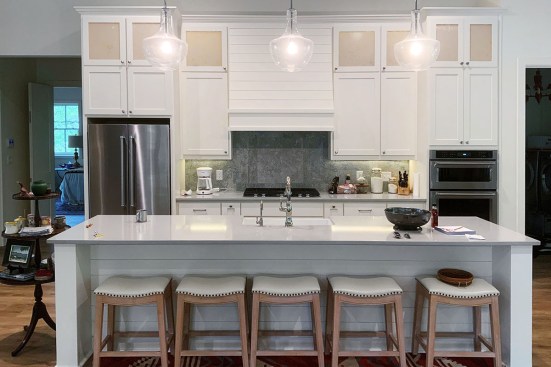
Gas cooking is not only a luxury but also an essential tool for serious cooks, says custom builder Mike Reese.
Building in resilience
Beginning with an efficient building envelope ensures less energy is needed from the start to keep a home comfortable. Reese’s projects use continuous load path construction techniques, and he’s beginning to implement complete liquid flashing and full foam encapsulation to build extremely tight homes.
Next, Reese reduces major electrical loads by using propane for heating and for tankless water heating. “The benefit of tankless is that you’re not going to run out of hot water,” he says. “You just have an endless supply. Of course, the efficiency part of it: You’re only using fuel when you’re calling for it.”
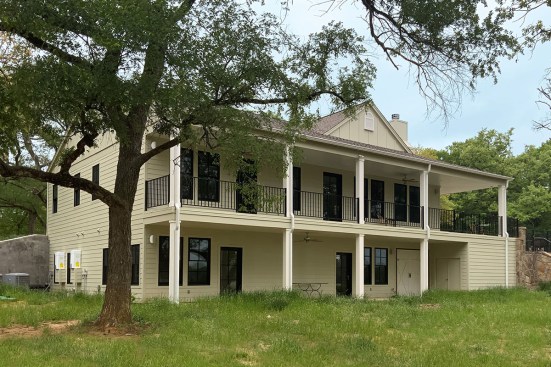
Although propane furnaces and electric heat pumps are about on par in his Texas climate in terms of energy costs, Reese prefers propane heating for its resilience value. By taking away 40-amp circuits for heating, water heating, and cooktops, he can reduce the electrical load enough to spec a more affordable standby generator. On the Grandview property, a 24-kilowatt generator supplies not only the house but also water troughs for the ranch’s high-end cattle, who would be endangered by a summer power outage that knocked out the water supply.
Reese also foresees generators becoming more critical as installing electric car charging stations becomes standard practice. That’s why he’s installing gas generators at a community of 40 homes he’s building in Weatherford, Texas.
“That’s a big thing with generators is that we’ve got to be able to not only allow the client to have comfort and safety in their home,” Reese says, “but also be able to keep their vehicles charged so when unforeseen emergencies come up, they’re not stuck.”
Visit propane.com to learn more about the resilience and luxury amenities Reese specifies in his homes to set them apart in the eyes of clients.
